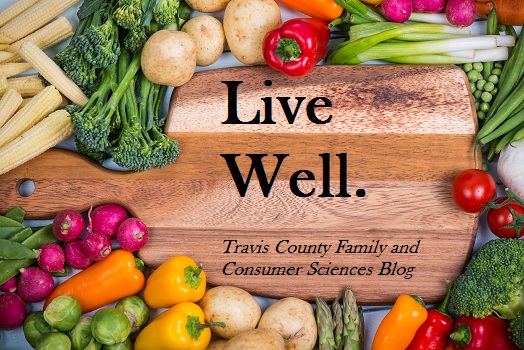By: Amanda Schroeder
So, what is vitamin A? Vitamin A is a fat-soluble compound synthesized in the body from plant pigments called carotenoids. The most well-known carotenoid (and arguably the most important) is beta-carotene, which can be found in fruits, vegetables, and whole grains. It not only helps your body produce vitamin A, but it is also an antioxidant that can protect your cells from damage.
Vitamin A is very important to so many processes in our bodies, including reproduction, immune function, and vision. It makes up part of an essential protein responsible for absorbing light in the retina and allows for the proper function of various other structures in the eye. It also allows for cellular communication and growth, as well as promotion of structural development and maintenance of many vital organs, including the heart, kidneys, and lungs. (Thank you, vitamin A!)
Two forms of vitamin A are recognized in foods: provitamin A and preformed vitamin A. Provitamin A refers to the active vitamin A newly synthesized from the plant foods in our diets. Preformed vitamin A comes from animal foods. Its name refers to the fact that the carotenoids in the animal’s diet have already been metabolized into active vitamin A before it or its products are consumed.
Adequate vitamin A intake is especially important for infants, children, and pregnant or lactating women. Due to its vital role in healthy vision, the primary warning sign of inadequate levels of vitamin A is night blindness. Sadly, vitamin A deficiency is one the primary causes of blindness in children in low-income countries. We are very lucky in this country as true vitamin A deficiency here is quite rare.
Since vitamin A is a fat-soluble vitamin, excess amounts accumulate and are stored by the body, mainly in the liver. Risk of toxicity is very, very low when consuming provitamin A in plant foods, even in very large amounts. The only symptom of too much provitamin A is a harmless yellow/orange tint to the skin, which subsides when lower levels of dietary carotenoids are consumed. In contrast, too much preformed vitamin A from animals can be dangerous. It is possible to reach levels of toxicity from chronic excess in your diet, but typically toxicity is reached through supplementation of preformed vitamin A. Short-term toxicity can cause dizziness, vomiting, vertigo, and blurred vision, while chronic toxicity can lead to liver damage, coma, and even death. In addition, toxicity in pregnant women can cause major birth defects, such as malformations of the eye, skull, lungs, and heart. Therefore, supplementation of vitamin A is not recommended for anyone unless under the care of a medical professional.
That all sounds pretty scary, right? It is! But, don’t worry – toxicity is of little concern without supplementation, especially if you focus on plant sources. Carotenoids are orange pigments and foods that contain them are usually easy to spot in the grocery store! Foods like sweet potatoes, carrots, peppers, mangos, and apricots are all great sources of beta-carotene. It is also found in more unexpected foods, like spinach, broccoli, fortified grains, and various legumes. Preformed vitamin A is found in the highest concentrations in liver and fish oils. It is also found in dairy products, eggs, tuna, and chicken.
The following table shows the daily recommended intake of vitamin A:
| Age | Male | Female | Pregnancy | Lactation |
|---|---|---|---|---|
| 0–6 months* | 400 mcg RAE | 400 mcg RAE | ||
| 7–12 months* | 500 mcg RAE | 500 mcg RAE | ||
| 1–3 years | 300 mcg RAE | 300 mcg RAE | ||
| 4–8 years | 400 mcg RAE | 400 mcg RAE | ||
| 9–13 years | 600 mcg RAE | 600 mcg RAE | ||
| 14–18 years | 900 mcg RAE | 700 mcg RAE | 750 mcg RAE | 1,200 mcg RAE |
| 19–50 years | 900 mcg RAE | 700 mcg RAE | 770 mcg RAE | 1,300 mcg RAE |
| 51+ years | 900 mcg RAE | 700 mcg RAE |
* Adequate Intake (AI), equivalent to the mean intake of vitamin A in healthy, breastfed infants.
How can you incorporate vitamin A in your diet this week? Here are some great recipes to try out!
References:
- https://www.nlm.nih.gov/medlineplus/druginfo/natural/999.html#Dosage
- http://www.cdc.gov/nutritionreport/pdf/Fat.pdf
- https://ods.od.nih.gov/factsheets/VitaminA-HealthProfessional/#h3
Comment and let us know what you think! What are your favorite sources of vitamin A?
